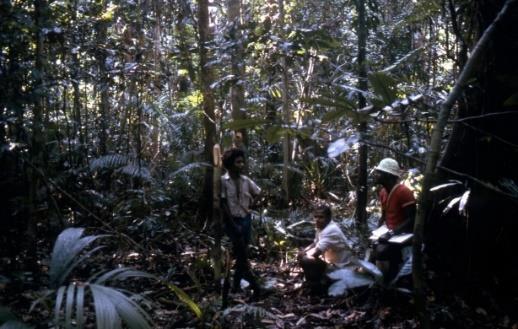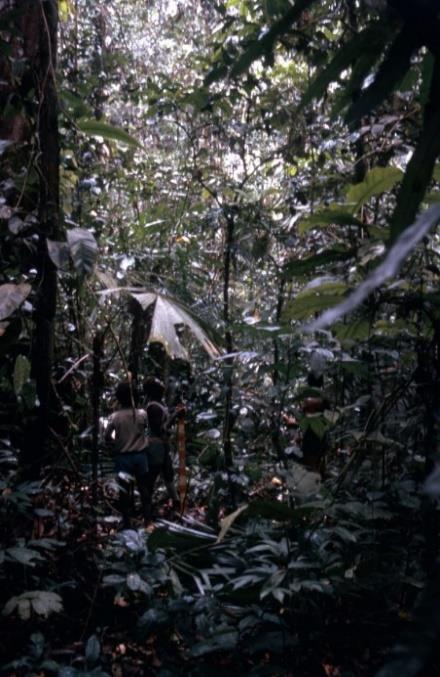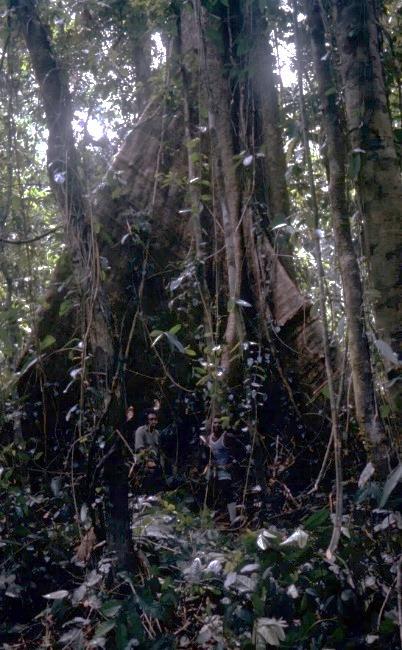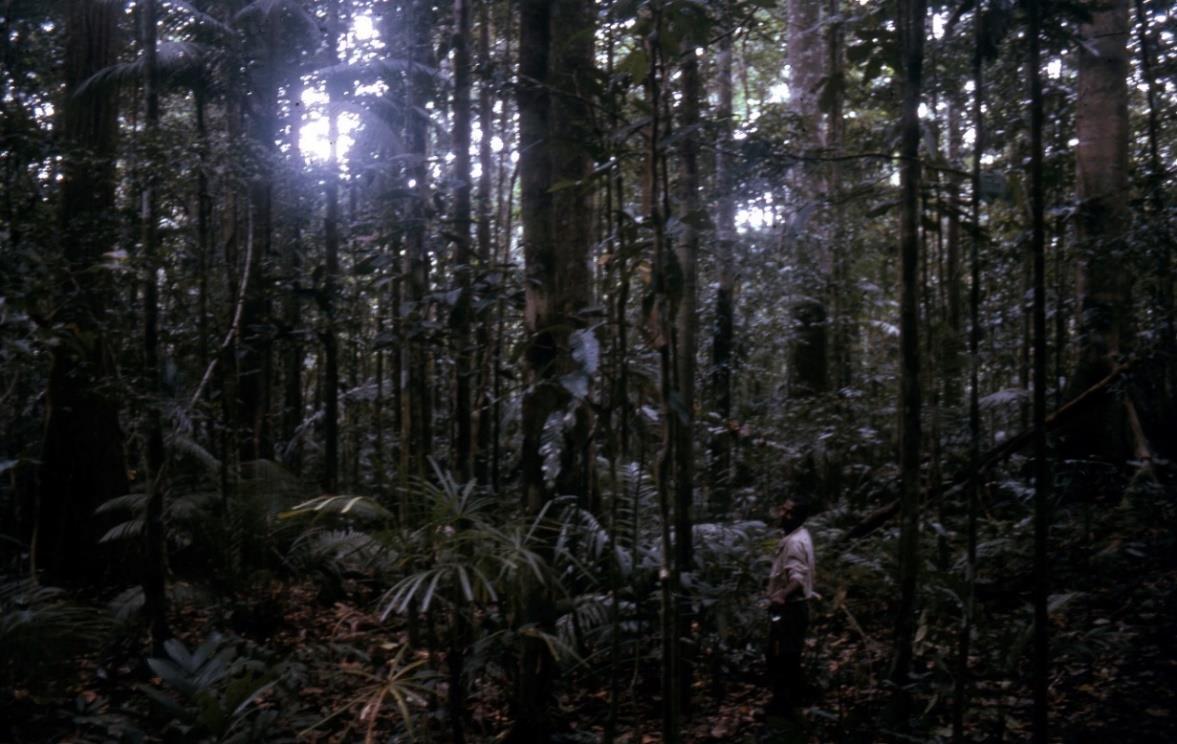
2 minute read
Difficulties of Mensuration
from PNGAF MAGAZINE ISSUE # 9D 2 of 15th October 2021 THE DEVELOPMENT OF PNG'S FOREST MANAGEMENT SYSTEMS
by rbmccarthy
Difficulties of Mensuration (Measurement of Tree and Timber Quantities)
Forest management for the purpose of producing a sustained yield of timber, is largely dependent upon a knowledge of the amount of standing timber in the forest and its rate of growth.
Advertisement
Vanimo Rainforest understorey. Photo credit Ian Whyte 1974.

The problems facing the forester in obtaining this essential information of stocking and growth includes: The first problem is botanical rather than mensurational. It comes from the difficulty in identifying many of the species present. This of course is related to the problem already mentioned of many rainforest species having completely unknown qualities. Forest industry personnel cannot be expected to develop markets for them when the forest manager is unable to identify them. Recognition of seedlings and saplings of the merchantable species is of great importance to the type of silvicultural treatment needed in any one area.
Well-drained Rainforest Open Bay TA. Photo credit Ian Whyte 1974.

The second problem is the form of the trees because of the difficulty they create in measurement. Highly fluted stems and/or tall buttresses are common in many rainforest trees and make the measurement of stem diameter awkward at best or almost impossible. Height measurements are difficult and time consuming in the rainforest. The dense growth of understorey species and vines obscure vision and can create appreciable errors in the estimation and even measurement of both merchantable and total tree height. The use of aerial photography as an aid for forest mapping and forest management greatly assist forest managers in the measurement of forest stands. More recently the advent of GPS provides additional assistance. However, even with these modern aids, for more intensive types of assessment of rainforest stands, ground sampling methods modified to suit modern statistical design, are still essential to establish what is present on the ground.
Well-drained rainforest Open Bay TA 1974. Photo credit Ian Whyte.
In the assessment, because of the ever-growing range of “economic” species, it is essential to assess all stems of good form and suitable size, even though they maybe unmerchantable at the time of assessment.
Individual unmerchantable stems pose difficult problems to the forest assessor and to the timberman. Although some are clearly useless due to poor form and obvious signs of internal decay, most stems on field inspections may not show any form of visible defect. In practice, felling of such stems with an allowance for defect which can then be observed internally is often used as a way of overcoming such problems.
The growth rates of trees in the rainforest are the other basic piece of information needed to introduce sustained yield management practices. However, the growth rate is still far from certain in most areas. The problems here include the absence of reliable growth rings and the great variations in diameter growth of individual species of similar size and species.
Light
Light is one of the most important dependent, micro-climatic factors in its affect on rainforests, but is relatively unimportant as an independent factor in broad regional climatic patterns. It is of course an essential factor in the development of any vegetation, as the source of the photosynthetic energy needed for plant growth.









